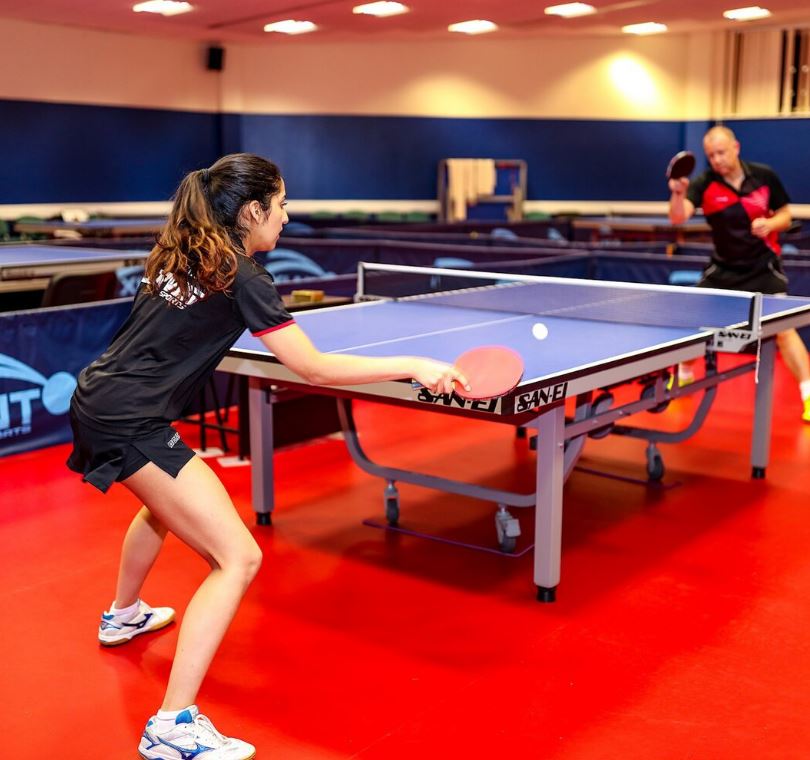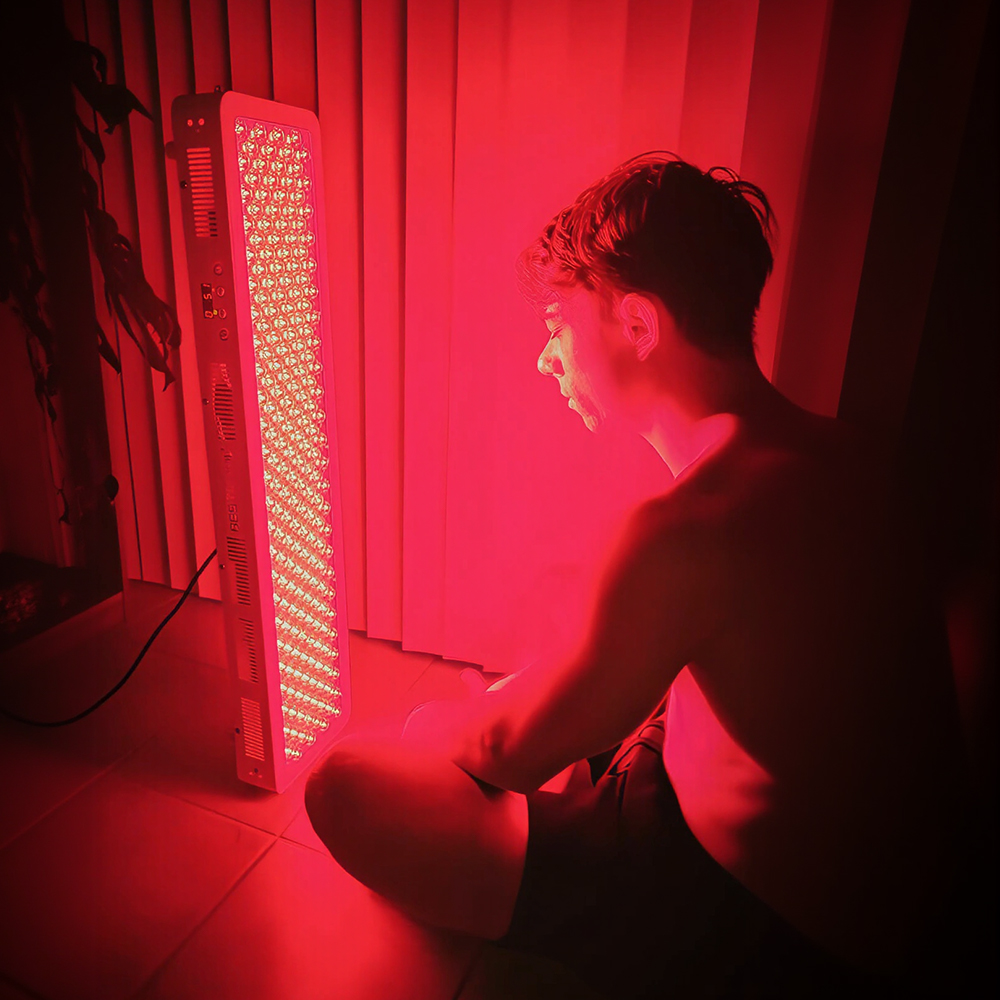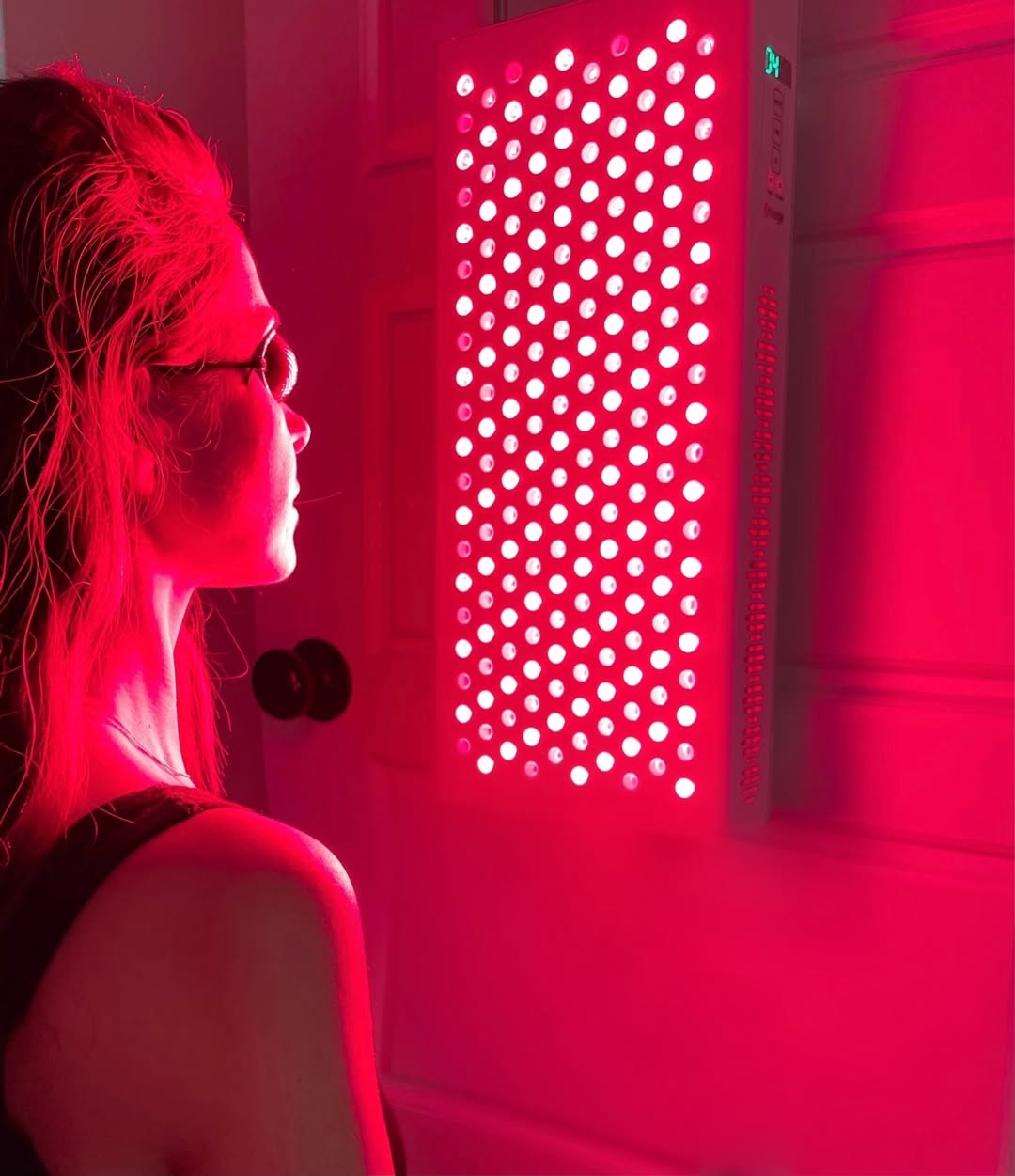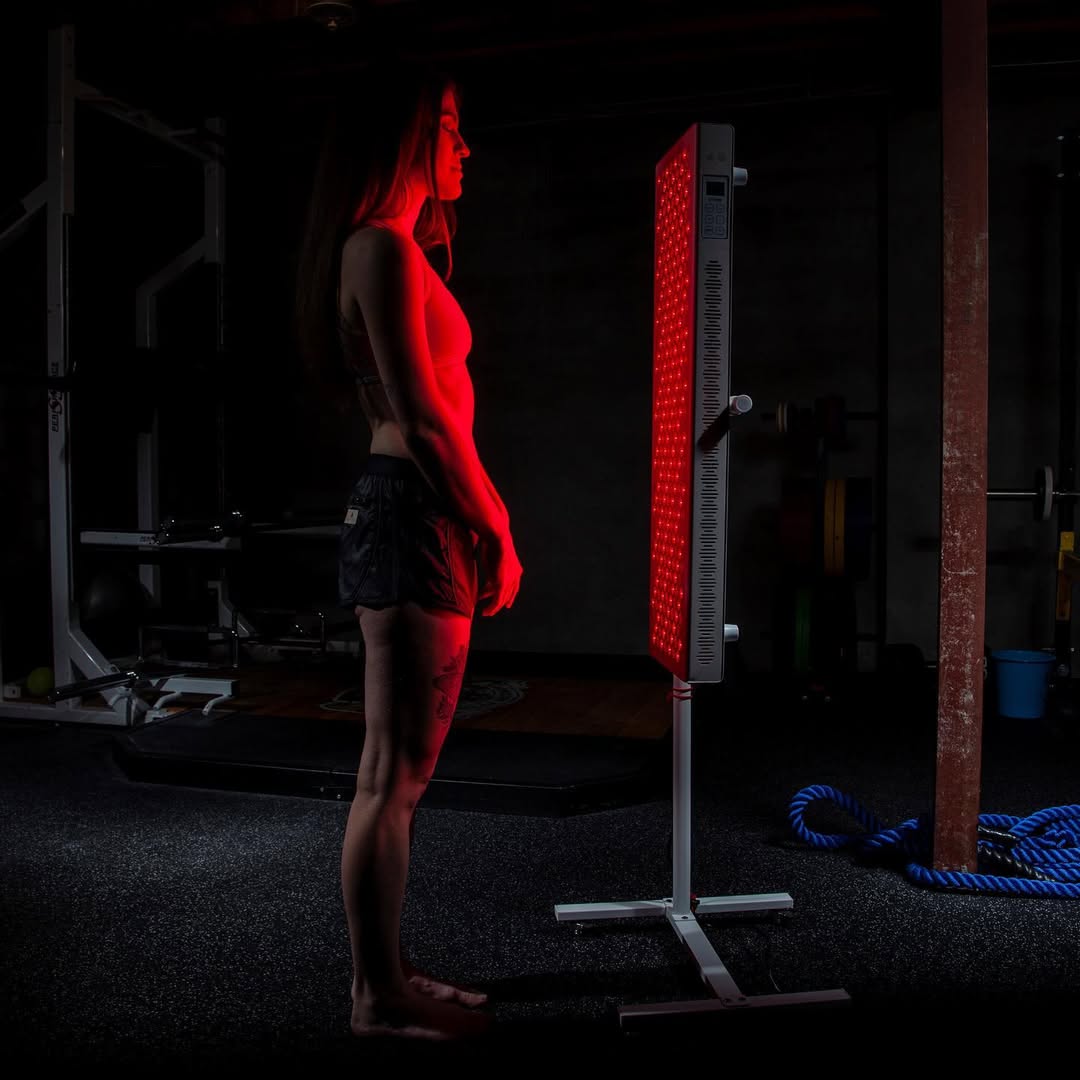![]() Free Shipping
Free Shipping ![]() Buy Now, Pay Later
Buy Now, Pay Later ![]() Eligible
Eligible
Could Red Light Therapy Help Boost Agility and Reflexes for Table Tennis Competitors?

Table tennis, often referred to as ping pong, is a sport that demands lightning-fast reflexes, sharp hand-eye coordination, and explosive agility. Players must react within milliseconds to return a ball traveling at speeds exceeding 100 km/h (60 mph). Given the intense physical and mental demands of the sport, athletes are always searching for innovative ways to enhance performance, reduce recovery time, and gain a competitive edge.
One emerging technology that has piqued the interest of sports scientists and athletes alike is red light therapy (RLT), also known as photobiomodulation. Originally used for wound healing and skin treatments, RLT is now being explored for its potential benefits in muscle recovery, endurance, and even cognitive function. But could it also help table tennis players improve their agility and reflexes?
Understanding Red Light Therapy
Red light therapy involves exposing the body to low-wavelength red and near-infrared light. Unlike UV rays, which can damage the skin, these wavelengths penetrate deep into tissues without causing harm. The light energy is absorbed by mitochondria—the powerhouses of cells—stimulating ATP (adenosine triphosphate) production, which enhances cellular energy and function.
Key Benefits of RLT for Athletes:
- Reduced muscle fatigue and faster recovery
- Improved circulation and oxygen delivery
- Enhanced muscle repair and reduced inflammation
- Potential cognitive benefits, including sharper focus
Given these effects, it’s reasonable to ask whether RLT could sharpen the reflexes and agility needed for elite-level table tennis.
How RLT Might Enhance Agility and Reflexes
1. Faster Muscle Response Time
Table tennis requires rapid, precise movements. A study published in the Journal of Athletic Enhancement (2019) found that athletes who underwent RLT before training showed improved muscle contraction speed. Since reflexes rely on how quickly muscles can respond to neural signals, RLT may help players react faster to incoming shots.
2. Reduced Neuromuscular Fatigue
Prolonged matches can lead to mental and physical fatigue, slowing reaction times. Research in Frontiers in Physiology (2020) suggests that RLT helps reduce oxidative stress in muscles and nerves, keeping players sharper for longer.
3. Enhanced Brain Function and Reaction Speed
Reflexes aren’t just about muscles—they’re also about how quickly the brain processes visual cues. A 2021 study in Photobiomodulation, Photomedicine, and Laser Surgery found that near-infrared light therapy improved cognitive performance and reaction times in healthy adults. For table tennis players, this could translate to better anticipation and quicker returns.
4. Improved Joint Mobility and Flexibility
Agility in table tennis relies on swift lateral movements and quick changes in direction. RLT has been shown to reduce joint stiffness and improve flexibility, allowing players to move more fluidly around the table.
VELLGUS Elite V2
THE #1 RATED RED LIGHT DEVICE
VELLGUS pro V2
THE #1 RATED FULL BODY RED LIGHT DEVICE
Real-World Applications for Table Tennis Players
Pre-Game Preparation
- 5-10 minutes of RLT on legs, arms, and shoulders before a match may enhance blood flow and prime muscles for quick movements.
- Targeting the eyes and brain (with specialized devices) could sharpen visual processing and reaction speed.
Post-Training Recovery
- Using RLT after intense sessions may reduce muscle soreness, allowing for more frequent and effective training.
Long-Term Benefits
- Regular RLT sessions could lead to cumulative improvements in endurance, reflexes, and agility over time.
What the Experts Say
Dr. Michael Hamblin, a leading researcher in photobiomodulation at Harvard Medical School, states: “Red and near-infrared light therapy has shown promise in enhancing athletic performance by improving mitochondrial function and reducing fatigue. While more sport-specific studies are needed, the potential for faster reaction times is certainly plausible.”
Professional athletes in other fast-reaction sports, such as boxing and tennis, have already incorporated RLT into their routines. Table tennis players may soon follow suit.
Conclusion: Is RLT Worth Trying for Table Tennis?
While more research is needed to confirm RLT’s direct impact on table tennis reflexes, the existing evidence suggests it could be a valuable tool for enhancing agility, reducing fatigue, and speeding up recovery. For competitive players looking for every possible advantage, integrating red light therapy into their training regimen might just be the next big breakthrough.
Would you try RLT to up your ping pong game? The science says it’s worth a shot!








